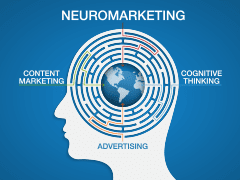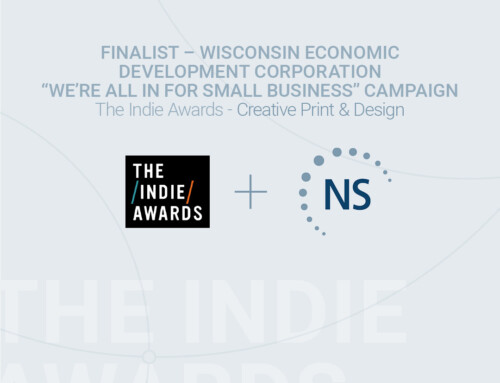I have a theory.
This theory is based in the science of neuromarketing, a relatively new field of research that examines how the subconscious mind responds to marketing stimuli. There are a number of big brands using neuromarketing principles to affect buying behavior – think of the loud music and strong cologne pumping out of every Abercrombie & Fitch location, or simply the color of your favorite brand’s logo. These stimuli affect our purchase decisions, and marketers are increasingly employing these concepts of neuromarketing to get the edge on competitors.

Psychology and biology represent the foundation of all consumer behavior.
The convergence of psychology, biology and marketing
My interest in this topic goes back to my years studying biology and psychology at Stanford. At the time I thought I would be a doctor, so I took a job working for an orthopedic surgeon and was exposed to the administrative side of the business of medicine. I decided then it was not a career I wanted to pursue.
But my studies sparked a deep interest in the psychology and biology of decision-making, in terms of how and why people make decisions or exhibit certain behaviors. Once I found my true career path in marketing, I realized the full implications go far beyond health and science – it is the basis of all real consumer behavior.
What it means for marketers – especially B2B
As our industry evolves and the lines between B2B and B2C become increasingly indistinct, neuromarketing has a significant role to play. B2B marketing, historically, is very fact-based – specs, product features, price – relying on the logical, rational mind to process all that information and make the purchase decision. However, if we examine the psychology and biology of decision-making, we see that emotions play a primary role.
Where I see this having perhaps the most impact is on creative. As my career has progressed, I’ve watched how the best creative isn’t focused on features and price, but on an emotional state-of-being. We’ve watched some big consumer brands execute this well over the years – consider “I’d like to buy the world a Coke” or Nike’s “Just Do It.” Yet, on the B2B end of the spectrum it is too often missing from the creative conversation.
When focusing on emotional decision-making, and which parts of the brain are being activated when consuming different types of communication or contemplating a purchase or service, it changes what creative looks like. There is tremendous opportunity in the application of neuromarketing to identify and leverage the emotional triggers of business purchase decisions.
What this means for considered purchase marketers
What I find most exciting is the opportunity to apply neuromarketing to brands with highly complex purchase journeys.
Whether B2B or B2C, we’ve experienced that considered purchases involve high levels of emotional and/or financial consequence to the buyer. The journey that someone goes through – whether they’re buying a fleet of vehicles or $3000 washer – is an involved, logical process. Yet, intuitively, we know that what drives someone to purchase is an emotional pull. Identifying and tapping into those emotions, and designing creative to appeal to both the rational and emotional aspects of the buying journey, will make considered purchase marketers far more effective.
Conclusions… for now
As the application of neuromarketing continues to gain prevalence in the industry, we will be watching and contributing to the debate. Without a doubt, B2B marketers have historically neglected the emotional drivers of the purchase decision. And when it comes to considered purchases, it’s even more critical to address both the rational and emotional sides of the customer journey. This creative revolution could enable all categories of products and services to efficiently pinpoint the triggers that drive emotional decision-making.
Read more from Dan Nelson Jr. >>
Originally Published 2016






